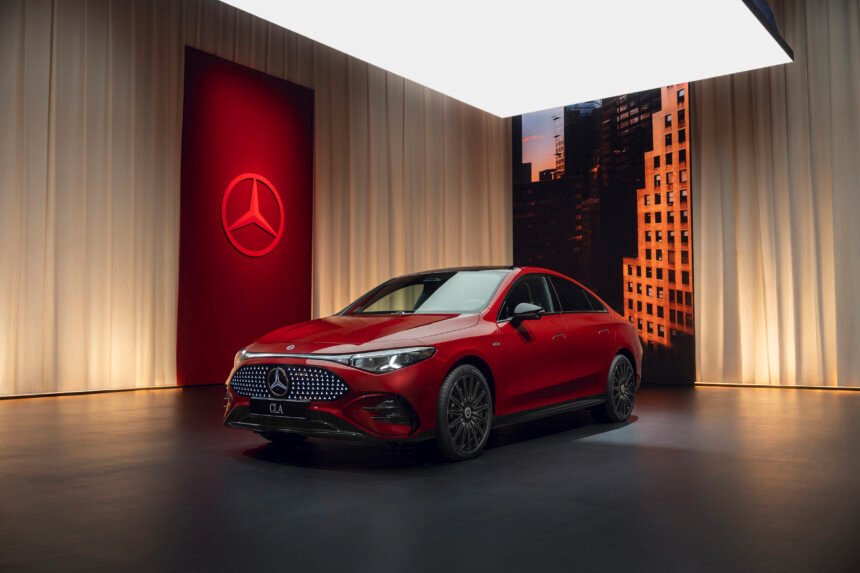The Mercedes-Benz CLA Electric Car: A Game-Changer with Charging Limitations
The highly anticipated Mercedes-Benz CLA electric vehicle has been making waves in the automotive industry with its impressive 492-mile range. However, there is a catch – the third-generation CLA is unable to utilize 400V DC chargers, a common standard across the UK and Europe.
Unlike many older 50kW units and most Tesla Superchargers, the CLA lacks a DC-to-DC voltage booster, limiting its fast-charging capabilities to stations that supply 800 volts. This restriction is due to the omission of a 400V DC converter, which is seen as a cost-saving measure by Mercedes.
With over 14,000 public charge points capable of 50kW charging or faster in the UK, the limited compatibility of the CLA with 400V chargers poses a challenge for drivers. While 800V charging is available at some locations, it is not as widespread as 400V charging, making it a less accessible option for many consumers.
Mercedes has defended its decision by pointing out that most customers will likely charge their CLA at home via an AC connection, where 400V AC is converted into 800V DC internally for battery use. The brand assures that drivers will be directed to compatible charging stations via the navigation system, which is updated in real time.
While Mercedes has not confirmed if there will be a paid option to fit a DC converter for the UK market, rival car makers like Hyundai and Kia have taken a different approach. Their E-GMP-platform EVs are equipped with internal voltage boosters to allow for 400V-800V conversion, enabling charging from older DC stations.
On the other hand, Porsche and Audi have opted for a split-pack battery strategy with their PPE-platform EVs, dividing the battery into two 400V sections for charging at reduced speeds. These different approaches highlight the various technological solutions being implemented in the EV market.







